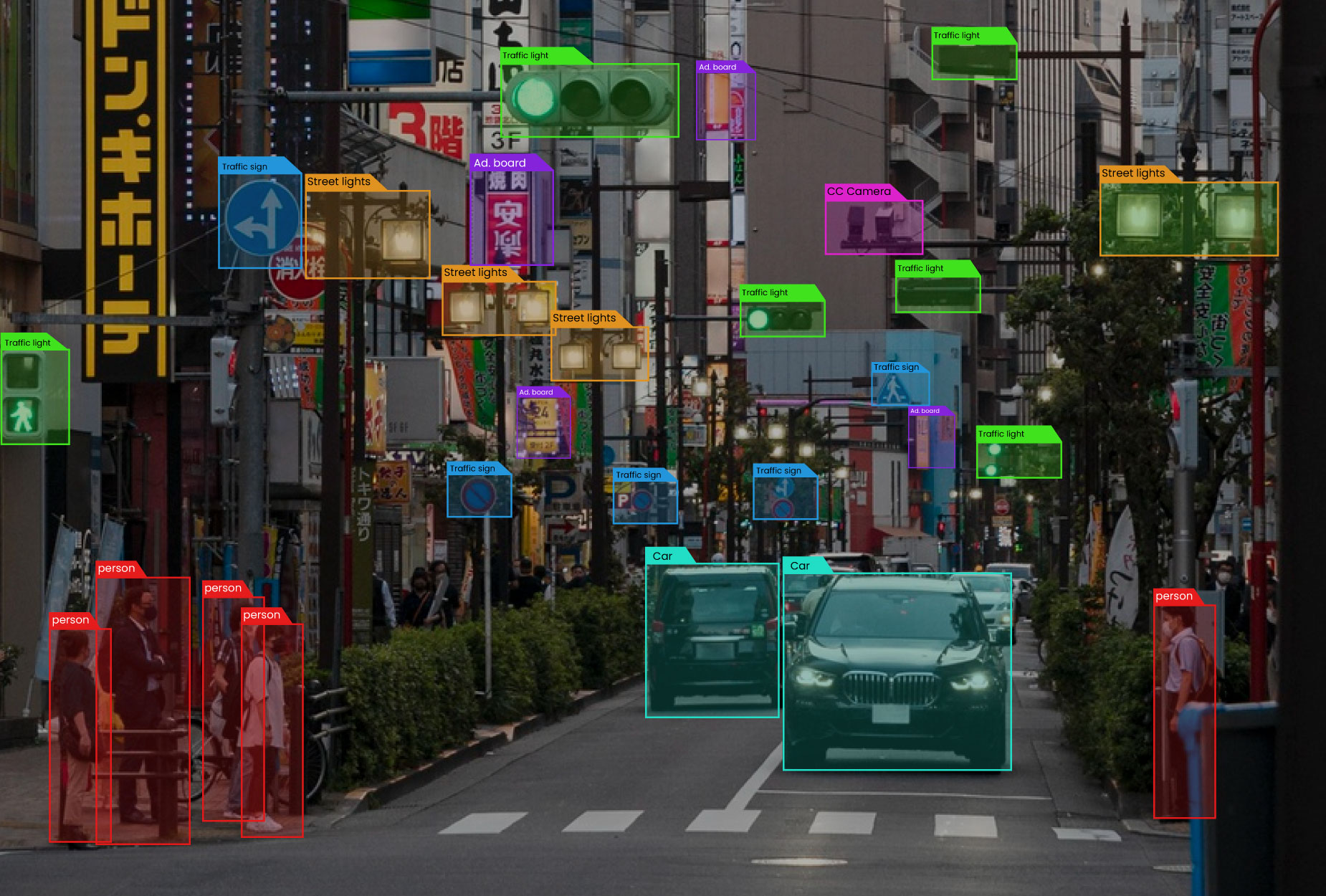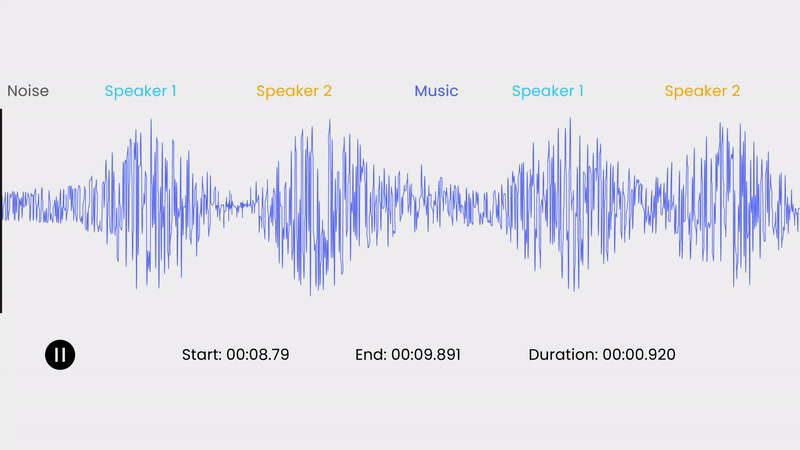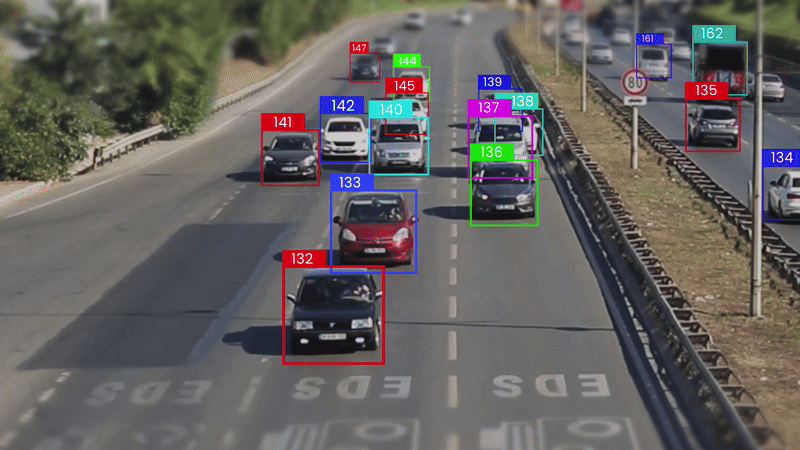Data Annotation & Tools in Computer Vision: All You Need to Know
- Vathslya Yedidi
- April 4, 2024
Introduction
Data Annotations play an important role in the accuracy and learning capabilities of Computer Vision models. These annotations, which include object labels, segmentation masks, and key points, help the models understand visual information and make predictions from data i.e., from the content of images or videos. They are essential components in various models like object detection, instance segmentation, image captioning, and medical image analysis models for data understanding and analysis.
However, if annotations are inadequate, they can impair the model’s performance and limit its applicability to real-world scenarios. Therefore, the quality and quantity of annotated datasets are key factors that determine the success of AI models. These datasets serve as the foundation for training and evaluating Computer Vision models for applications such as image classification, object detection, and image segmentation.
This blog will walk you through the necessity of Data Annotation, various techniques, and tools, and their impact on enhancing Computer Vision models in real-life use cases.
What is Data Annotation?
Data annotation is the process of labeling data to make it understandable for systems. It involves adding metadata or tags to different types of data, such as images, videos, text, and audio, to train AI models. Annotation helps systems to recognize patterns, make predictions, and perform tasks based on the labeled data.
The Essential Role of Data Annotation in Computer Vision
Data annotations are essential for several reasons:
- Training Machine Learning Models: Annotations provide ground truth labels that help train ML models to recognize patterns and make accurate predictions. Without quality annotations, models cannot learn effectively.
- Quality Control: Annotations ensure that the training data is accurate and consistent, reducing the risk of biased or flawed models.
- Performance Improvement: Well-annotated datasets lead to better-performing models, improving the overall efficiency and effectiveness of Computer Vision applications.
- Robustness: Annotated data helps create more robust models that can handle diverse and complex real-world scenarios.
- Innovation: Accurate annotations enable the development of innovative Computer Vision solutions that can drive advancements in various industries, from healthcare to agriculture.
- Decision-Making: Data Annotations help organizations make data-driven decisions by providing insights and analysis based on annotated visual data.
Different Types of Data Annotation Techniques
1. Image Annotation

Image Annotation is employed to label objects, shapes, and patterns within images. Common techniques include bounding box annotation, polygon annotation, and semantic segmentation. Bounding box annotation is used to draw boxes around objects in an image, while polygon annotation involves outlining objects with precise shapes. Semantic segmentation assigns a label to each pixel in an image, enabling the system to understand the context of each pixel.
2. Text Annotation

Text annotation involves labeling text data for various NLP tasks, such as named entity recognition (NER), sentiment analysis, and text classification. NER involves finding and classifying named entities in text, such as names, dates, and locations. Sentiment analysis involves categorizing text based on the sentiment expressed, such as positive, negative, or neutral. Text classification involves assigning a category or label to text data based on its content.
3. Audio Annotation

Audio Annotation is used to label audio data for tasks such as speech recognition, speaker diarization, and emotion detection. Speech recognition involves transcribing spoken words into text, while speaker diarization involves finding speakers in an audio recording. Emotion detection involves detecting the emotional content of speech, such as happiness, sadness, or anger.
4. Video Annotation

Video annotation is used to label objects, actions, and events within videos. Common techniques include object tracking, activity recognition, and event annotation. Object tracking involves tracking the movement of objects within a video, while activity recognition involves identifying actions performed by individuals or objects. Event annotation involves labeling events or incidents within a video, such as accidents or interactions.
A Variety of Data Annotation Tools for Diverse Computer Vision Applications
- Labelbox: A comprehensive platform for image, video, and 3D data annotation, fostering teamwork and smooth labeling workflows.
- SuperAnnotate: Renowned for its advanced capabilities in image and video annotation, SuperAnnotate provides tools for intricate labeling tasks and effortless collaboration among annotators.
- V7: Specializing in precision and efficiency, V7 offers tools for annotating images, videos, and point clouds, ensuring high-quality annotations.
- CocoHub: This collaborative platform allows for image and video annotation, supporting the use of custom models and workflows to adapt to various project needs.
- LabelMe: A web-based tool offering versatility for different Computer Vision tasks, LabelMe enables image annotation with bounding boxes, polygons, and key points.
- COCO-UI: Specifically designed for annotating images and videos for the COCO dataset, commonly used in object detection and segmentation.
- Amazon SageMaker Ground Truth: A managed service by AWS, SageMaker Ground Truth provides scalable data labeling solutions that integrate with other AWS services, guaranteeing high-quality annotations for your Machine Learning models.
- CVAT (Computer Vision Annotation Tool): An open-source tool offering flexible annotation options for images and videos, CVAT allows customization to fit specific project requirements.
- Label Studio: This open-source data labeling platform is compatible with various data types and Machine Learning frameworks, enabling seamless integration into ML pipelines.
- Annotate.ai: Annotate.ai streamlines the labeling process for images and videos by offering multiple annotation types and features for automated labeling.
- Supervise.ly: Focused on Deep Learning and AI, provides tools to create labeled datasets quickly and efficiently.
- Dataloop: A platform for Data Annotation and Management, Dataloop supports various annotation types and workflows for Computer Vision tasks.
- Scale AI: Offering data labeling services for images, videos, and LiDAR data, Scale AI emphasizes accuracy and scalability for Machine Learning models.
- Datumbox: Datumbox provides tools for annotating text, images, and videos, with support for custom annotation formats and integration with ML pipelines.
- Tagtog: This platform supports text annotation and data labeling for NLP tasks, facilitating collaboration among annotators.
Conclusion
Data annotation is the keystone of building accurate and reliable AI models. By transforming raw visual data into structured, labeled datasets, data annotation enables Computer Vision systems to learn and understand the complexities of the visual world.
As the demand for advanced Computer Vision applications continues to grow, the importance of high-quality annotated data will also increase. By incorporating best practices, leveraging advanced tools and technologies, and fostering collaboration between domain experts and annotation teams, organizations can unlock the full potential of data annotation and drive innovation in Computer Vision Systems.
Need expert guidance for your Computer Vision projects? Contact us today

